Flame Photometer
- Sherwood - 420Cs
- Operator selectable Caesium or Lithium internal reference.
- On board firmware with digital blanking.
- Simultaneous measurement of up to two of three available elements (Sodium, Potassium and/or Lithium)
The Model 420Cs is the latest addition to our dual channel Flame Photometer range.
The M420Cs Flame Photometer features:
- Operator selectable Caesium or Lithium internal reference.
- On board firmware with digital blanking, calibration and sampling routines greatly increase calibration speed and sample throughput.
- Simultaneous measurement of up to two of three available elements (Sodium, Potassium and/or Lithium).
- Linearised Sodium response over the expected clinical Sodium concentration range (following a 1 in 200 dilutions).
- Improved precision with the internal reference facility (<0.5%CV for aqueous standard solutions).
- Robust safety features include flame detection and gas safety shut-off with low air pressure.
- Two in-built digital displays for calibration and analysis data of each channel, analogue output connectors for use with chart recorders and some online analysis systems.
- A “no tools” maintenance approach allows for easy access to and cleaning of the mixing chamber and burner assembly.
- RS232 for data output to a printer or PC when installed with the Regulated BlueNotes 420 Software package.
Regulated BlueNotes 420 Software
Regulated BlueNotes 420 Software is designed to provide features that enable users to operate in a manner compliant with data handling standards such as 21 CFR Part 11. The software expands the functionality of the Model 420Cs Flame Photometer; allowing data collection from all three element detector channels simultaneously in one sample sequence.
There is also the option to configure the software to use Potassium as an internal reference channel in addition to the Caesium (default) or Lithium channels.
Regulated features include:
- A three-tier login system with different levels of access. (Operator, Supervisor and Administrator)
- Unique user names and passwords for every user.
- Audit trails record all operations with detailed information concerning the user and the software version, Windows version and PC name to ensure traceability and accountability.
- Robust data file system which is tampering evident and inaccessible to users without elevated Windows privileges.
- Tamper evident data format is used for analysis results, system configuration and method files to ensure data integrity.
- Auto-generated PDF analysis reports provide a comprehensive summary of all information relevant to an analysis run in one clear and concise document.
| Measurement Range | Linearity | ||
| Na Serum | 110.0 to 170.0 mmol/l | Na Serum | Na Serum within ± 2 mmol/l |
| Na Urine | 0.0 to 199.9 mmol/l | Na Urine | Na Urine within ± 4 mmol/l |
| K Serum | 0.00 to 10.00 mmol/l | K Serum | K Serum within ± 0.2 mmol/l |
| K Urine | 0.0 to 200.0 mmol/l | K Urine | K Urine within ± 2 mmol/l |
| Li Serum | 0.00 to 3.00 mmol/l | Li Serum | Li Serum within ± 0.2 mmol/l |
| Reproducibility | Dilution Factor | ||
| Na (140.0 mmol/l) with de-ionised water | < 0.5% CV (w/ Ref Facility) | Na Serum/Urine | 1 in 200 |
| K (5.00 mmol/l) ionised water | < 0.5% CV (w/ Ref Facility) | K Serum | 1 in 200 with de- |
| K (80.0 mmol/l) ionised water | < 0.5% CV (w/ Ref Facility) | K Urine | 1 in 200 with de- |
| Li (1.50 mmol/l) ionised water | < 0.5% CV (w/ Ref Facility) | Li Serum | 1 in 50 with de- |
The above is correct for use with Propane. Results obtained from 20 replicates of the same sample, aspirating sample for 20 seconds, then water for 10 seconds. To achieve the stated specification the flame must be alight for a minimum of 30 minutes, with diluent (containing Diluent Concentrate) being aspirated.
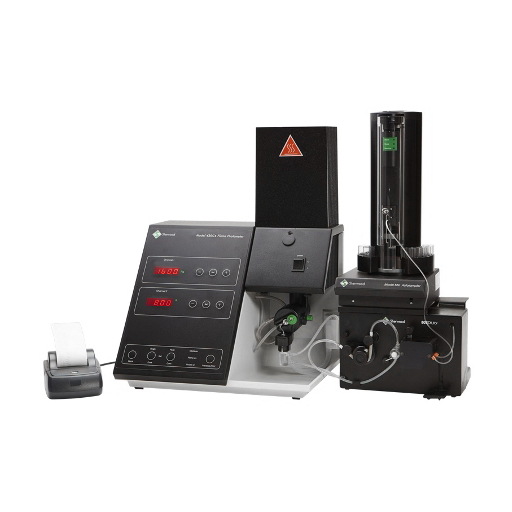
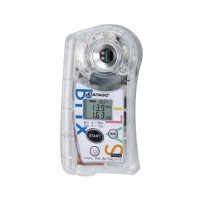
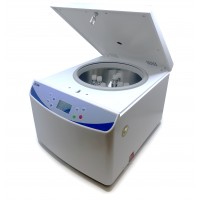
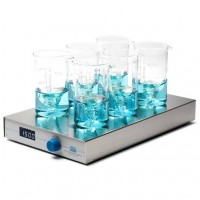
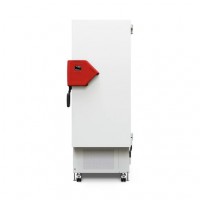

Do you have a question?
min 10 ch